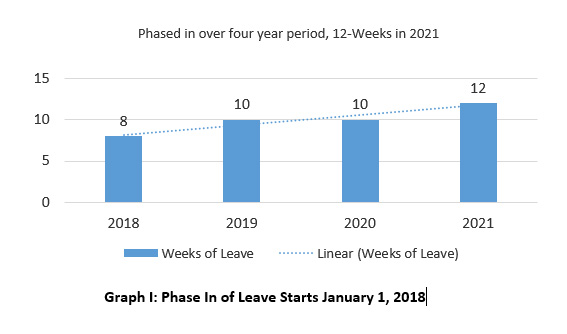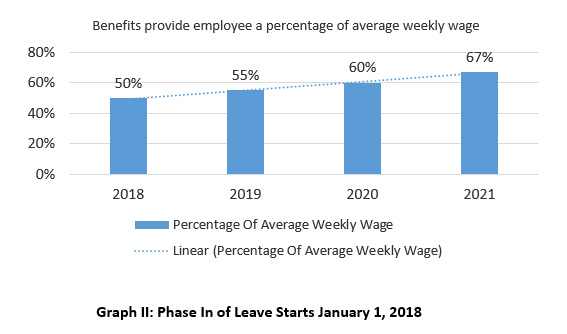- By: Matthew Burr
- Date: August 30, 2017
Access Regulatory Compliance Training sessions led by expert panelists below.
Compliance Webinars |
Virtual Seminars for Professionals
New York State Paid Family Leave Law: 7 Must Knows
The New York State Worker’s Compensation Board, on February 22, 2017, has released proposed regulations regarding the upcoming 2018 Paid Family Leave Law. As stated, employees will be eligible for 12-weeks of paid family leave:
- Leave to care for a child after birth or placement for adoption or foster care within the first 12-months after the birth or placement (may take leave before placement or adoption)
- A qualifying exigency arising from the service of a family member in the armed forces of the U.S
- To care for a family member with a serious health condition (illness, injury, impairment, or physical or mental condition that involves inpatient care in a hospital, hospice or residential health care facility)
As we move closer to the rollout date of January 1, 2018, it is important to know the requirements as regulated in New York State.
7 Key Requirements of the New York State Paid Family Leave
- Effective January 1, 2018, qualified employees will have up to 8 weeks of paid family leave in a 52-week calendar period at 50% of the employee’s average weekly wage. This will be capped at 50% of the state average weekly wage.
- The number of weeks and percentage in wages will gradually increase through January 1, 2021. On January 1, 2021, the employee will be eligible for 12 weeks and 67% of the average weekly wage.


- The proposed regulation offers a system in which employees directly apply leave benefits to the employer’s insurance carrier; employer complete one section of the claim and the insurance carrier makes the final determination.
- In the event a claim was denied or if the employer considers benefits were wrongly granted, the regulation also contains an arbitration provision. What if someone is out on vacation and a decision is reversed? What is the solution to the employer? There is no clear guidance on this yet.
- Further, the proposed regulation contain provisions on paid time off. Employers cannot require employees to use accrued paid time off (PTO, sick or personal time).
- Additionally, state disability and paid family leave will not run concurrently.
- And finally, the proposed regulation do permit Paid Family Leave and FMLA to run concurrently. However, FMLA requirements are different than Paid Family Leave, regarding the number of weeks eligible and employee headcount. Ensure you understand FMLA requirements as well.
About the Author:
Matthew Burr has over nine years of experience working in the human resources field, starting his career as an industrial relations intern at Kennedy Valve Manufacturing to most recently founding and managing a human resource consulting company: Burr Consulting, LLC. Mr. Burr is an adjunct professor at Elmira College, teaching organizational behavior and human resources management. He is also a SHRM Certification Exam Instructor and co-teaches the SHRM Exam Prep Course at Elmira College. He works as a trainer at both Tompkins Cortland Community College and Corning Community College. He is also an on-call mediator and fact-finder through the Public Employment Relations Board in New York State.
Disclaimer: The views expressed in this article are the author's own and do not necessarily reflect ComplianceOnline's editorial policy.




















